

Beschrijving
Hypoallergene pleister, zelfs in water bestand
Als u een gevoelige huid heeft of betrouwbare bescherming tegen vocht nodig heeft, zijn Healee waterdichte hypoallergene pleisters 1 mx 60 mm de ideale keuze voor u. Deze pleister biedt uitstekende bescherming zonder risico op allergische reacties . Dankzij het grotere oppervlak kun je ook grotere wonden en schaafwonden bedekken.
Voordelen
Geschikt voor de gevoelige huid
Waterbestendig ontwerp
Door het grotere oppervlak kun je ook grotere wonden bedekken
Waarom zijn ze ideaal voor de gevoelige huid?
Healee-pleisters zijn hypoallergeen , wat betekent dat ze het risico op allergische reacties minimaliseren . Voor mensen met een gevoelige huid is dit een sleutelfactor die effectieve bescherming mogelijk maakt zonder vervelende bijwerkingen. De speciale materialen die bij de productie van pleisters worden gebruikt, zijn aangenaam voor de huid , wat een comfortabel draagcomfort en een snellere genezing van wonden garandeert.
Waterbestendig ontwerp voor betrouwbare bescherming
Door hun waterdichte constructie bieden Healee-pleisters een uitstekende bescherming tegen vocht . Dit is vooral belangrijk in situaties waarin de wonden worden blootgesteld aan water, zoals tijdens het zwemmen of sporten in water. De ondoordringbaarheid van de pleister zorgt ervoor dat de wond droog blijft , wat het genezingsproces versnelt en mogelijke complicaties voorkomt.
Groter oppervlak voor grotere wonden
De afmetingen van 1 x 60 mm zorgen voor een groter oppervlak, waardoor zelfs grote wonden en schaafwonden bedekt kunnen worden. Deze eigenschap is praktisch bij de behandeling van grotere huidoppervlakken, zoals gebieden rond gewrichten of ledematen .
Hoe worden pleisters gebruikt?
Het aanbrengen van de pleister is meestal een eenvoudig proces, maar het is belangrijk om de juiste procedure te volgen voor effectieve bescherming en snelle genezing . Volg deze stappen:
Voorbereiding:
- Zorg ervoor dat de wond of het schaafwondje schoon en droog is
- Als dit niet het geval is, was dan het getroffen gebied met water en zeep en droog het voorzichtig af
Het gebruik van de pleister:
- Open de verpakking en verwijder voorzichtig de pleister
- Verwijder het papier of de beschermfolie van de achterkant van de pleister, zodat de zelfklevende kant zichtbaar wordt
- Breng de pleister voorzichtig aan op de wond of het schaafwondje en zorg ervoor dat het hele getroffen gebied bedekt is
Bevestiging:
- Druk zachtjes op de pleister zodat deze goed aan de huid hecht
- Zorg ervoor dat de randen van de pleister goed zijn afgeplakt om te voorkomen dat bacteriën of vuil binnendringen
Patchwijziging:
- De pleister moet regelmatig worden vervangen volgens de instructies op de verpakking of indien nodig
- Verwijder bij het verwisselen de oude pleister en herhaal de procedure met een schone pleister
Kennisgeving:
- Wees voorzichtig bij het verwijderen van de pleister en doe dit langzaam om beschadiging van de huid te voorkomen
Overleg met een deskundige:
- Als u zich zorgen maakt over uw wond, de genezing ervan of als er complicaties optreden, neem dan contact op met uw arts of zorgverlener.
Wat kan ik doen om ervoor te zorgen dat de huidpleister lang meegaat?
Om ervoor te zorgen dat de pleister zo lang mogelijk op zijn plaats blijft en optimale bescherming biedt, is het belangrijk om voorzichtig te zijn bij het aanbrengen ervan. Hier zijn enkele tips:
- Het huidoppervlak voorbereiden Voordat u de pleister aanbrengt, moet u ervoor zorgen dat het huidoppervlak droog en schoon is. Was de wond of het schaafwondje met milde zeep en water en droog het daarna grondig af.
- Niet smeren. Vermijd het gebruik van vette of olieachtige crèmes op het gebied waar u de pleister gaat aanbrengen. Olieachtige stoffen kunnen de hechting van de pleister beïnvloeden.
- Oppervlaktestructuur intact Zorg ervoor dat de huid op de toedieningsplaats niet wordt aangetast door overmatige wrijving door kleding of beweging waardoor de pleister los zou kunnen raken.
- Aandacht voor haar Als u de pleister op een plek met haar aanbrengt, zorg er dan voor dat de plek glad is en dat de haren de hechting van de pleister niet belemmeren.
- Wees voorzichtig. Vermijd overmatige spanning bij het aanbrengen van de pleister. Breng het zorgvuldig en gelijkmatig aan en zorg ervoor dat het gehele oppervlak van de pleister aan de huid hecht.
- Druk na het aanbrengen op. Nadat u de pleister heeft aangebracht, beweegt u uw vingers voorzichtig langs de rand van de pleister om er zeker van te zijn dat deze stevig aan de huid hecht.
- Overmatige druk Zorg ervoor dat de pleister goed vastzit, zonder rimpels of luchtbellen. Vermijd overmatige druk op de pleister.
- Gebruik een kwaliteitspatch Kwaliteitspatches hebben een betere grip en zijn ontworpen om zelfs onder ruige omstandigheden op hun plaats te blijven.
Als de pleister blijft loslaten, is het raadzaam deze tijdig te vervangen door een nieuwe. Als u deze tips opvolgt, zorgt u ervoor dat de pleister optimale bescherming biedt en zo lang mogelijk op zijn plaats blijft.
Hoe de pleister zonder pijn verwijderen?
Het pijnloos verwijderen van de pleister is belangrijk om letsel of irritatie van de huid te voorkomen. De volgende stappen kunnen helpen:
1) Voorbereiding: Was uw handen om overdracht van bacteriën naar de wond of schaafwonden te voorkomen. Maak een nieuwe pleister klaar om te gebruiken nadat u de oude hebt verwijderd.
2) Verwijder de pleister voorzichtig: begin langzaam en voorzichtig aan het uiteinde van de pleister en trek de huid voorzichtig weg van de kleefzijde. Als de pleister te strak plakt, probeer deze dan dicht bij de huid te verwijderen, bijna parallel daaraan.
3) Gebruik water of olie: Als u problemen ondervindt bij het verwijderen van de pleister, kunt u de randen bevochtigen met water of lichaamsolie. Terwijl u de pleister geleidelijk verwijdert, moet deze langzaam loskomen.
4) Breng een warm kompres aan: Breng een warm kompres gedurende een paar minuten aan op de pleister. Een warm kompres zorgt ervoor dat de lijm zachter wordt en gemakkelijker te verwijderen is.
5) Scheur de pleister niet: Vermijd het snel of plotseling verwijderen van de pleister, omdat dit huidirritatie of pijn kan veroorzaken.
6) Gebruik een pleisterverwijderaar: U kunt ook speciale pleisterverwijderaars proberen die zijn ontworpen om de lijm op te lossen en het verwijderen gemakkelijker te maken.
Hoe verwijder ik de lijm na de pleister?
1) Gebruik olie: Bevochtig het verlijmde gebied met olie zoals olijfolie of andere plantaardige olie. Laat de olie minimaal een paar minuten inwerken om de lijm los te maken.
2) Verwijder de lijm met een doek of keukenpapier: Nadat u de olie een paar minuten heeft laten inwerken, veegt u het gebied af met een doek of keukenpapier. De lijm moet zachter zijn en gemakkelijker te verwijderen.
3) Gebruik water en zeep: Als de olie niet heeft geholpen, was dan het getroffen gebied met warm water en zeep. De zeep zou de lijmresten moeten helpen oplossen.
4) Probeer alcohol of aceton: Als olie en zeep niet genoeg zijn, probeer dan alcohol of aceton. Gebruik ze zorgvuldig om uw huid niet te beschadigen.
5) Gebruik geen scherpe voorwerpen: Gebruik geen scherpe voorwerpen zoals messen of pincetten om de lijm te verwijderen om letsel aan de huid te voorkomen.
6) Afspoelen en drogen: Spoel ten slotte het aangetaste gebied af met water en droog het voorzichtig af.
Zorg er altijd voor dat u methoden gebruikt die geschikt zijn voor uw specifieke huidtype en dat er geen irritaties of allergische reacties optreden . Raadpleeg bij twijfel uw arts of apotheker.
Zie ook de overige producten van het merk Healee, deze zijn niet onderverdeeld in de categorieën EHBO-koffers en verbandmiddelen, Medische middelen en Pleisters. Als u niet zeker bent van de keuze voor dit product, laat u dan inspireren in de categorie Waterdichte patches.
Eigenschappen
| Productcode | 388992 |
| Merk | Healee |
| Levering vanaf | Slowakije |
Productbeoordelingen
Alle beoordelingen

Er zijn geen beoordelingen voor dit product.
































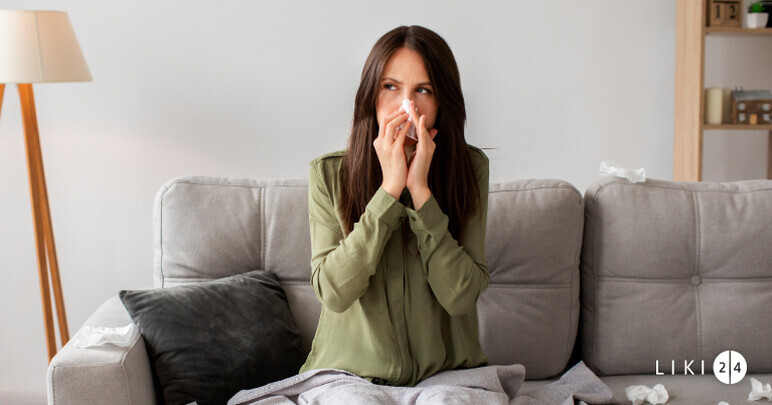


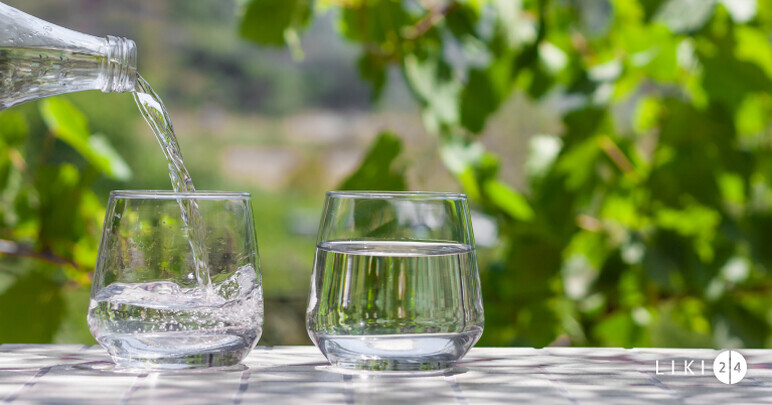
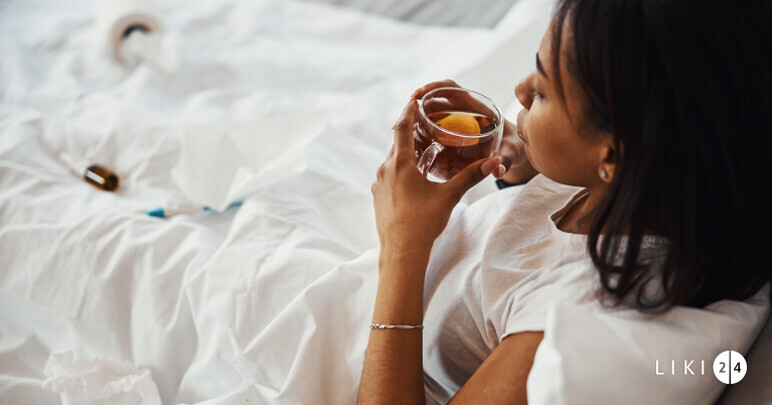

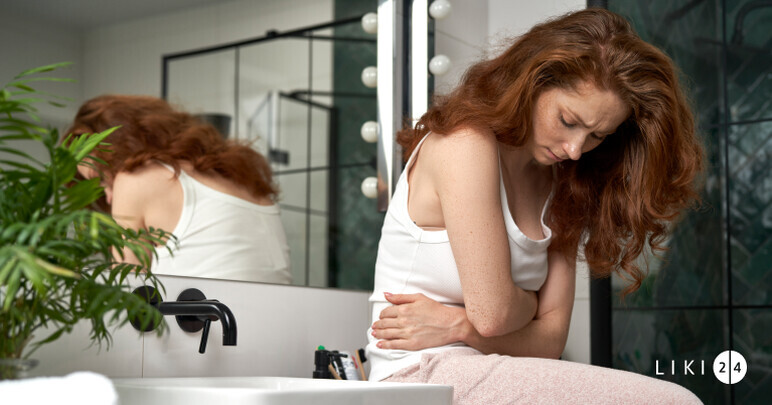

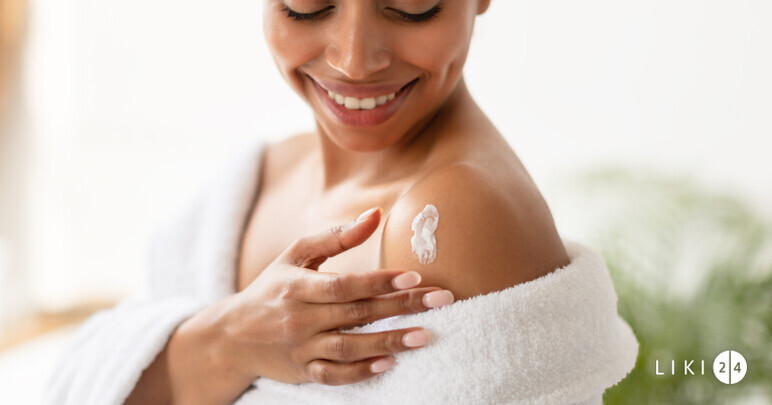






















 Beschrijving
Beschrijving 






